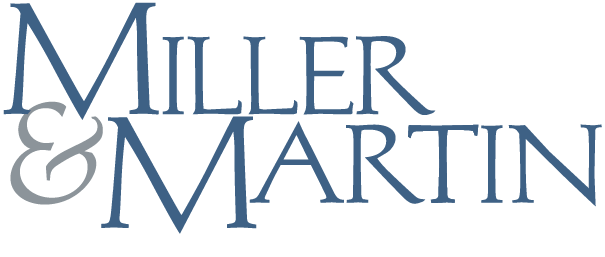The EEOC Is "Playing Sides" with the Charge Response Process
Miller & Martin PLLC Alerts | March 01, 2016
Author:
The EEOC has announced new procedures under which it will now release employers' Position Statements to Charging Parties upon request. This new procedure is designed to facilitate the EEOC obtaining additional responsive information from the Charging Party while the Charge is still pending.
There is no reciprocal provision allowing employers to obtain any additional responsive information which is provided to the EEOC by the Charging Party. It will be up to the EEOC whether it will give employers an opportunity to respond to this additional information or not. The net effect of these new procedures may be that the EEOC "blindsides" employers during an on-site investigation or other interview with information they have never before heard, have had no opportunity to look into, etc.
The new Charge Response procedures also provide that:
- Employers will generally have 30 days to submit a Position Statement with attachments to the EEOC through a new Digital Charge System. This System permits employers to transmit and receive notices and documents through a secure online portal instead of faxing or mailing the documents to the EEOC.
- Employers relying on confidential information in responding to a Charge should provide this information in separate, clearly-labeled attachments. The EEOC has defined "confidential information" to include:
- Sensitive medical information (unless it relates to the Charging Party);
- Social security numbers;
- Confidential commercial or financial information;
- Trade secret information;
- Personally identifiable information of witnesses, comparators, or third parties; and
- Any reference to charges filed against the employer by other charging parties.
Accordingly, it is not up to the employer to define the information it desires to keep "confidential" from the Charging Party.
Moreover, an employer must provide an explanation justifying the "confidential" nature of the information contained in the "confidential" attachments. The EEOC will review this justification and the submitted documents to redact any confidential information. [Miller & Martin note – employers would be well-advised to go ahead and redact any confidential information before submitting their confidential documents to the EEOC, rather than hoping the EEOC will do so before turning such information over to the Charging Party.]
- Upon request, the EEOC will provide the redacted Position Statement and any non-confidential attachments to the Charging Party, who will then have 20 days to provide additional information in response to the same. This response may be in writing, or the Charging Party may contact the investigator over the phone. After reviewing this rebuttal, the EEOC investigator may contact the employer to request additional information (or may employ one of the other "follow-up" methods described in the opening paragraph above).
The Charging Party's response will not be provided to the employer during the investigation. The new procedures ensure only that both parties will have access to the first formal document received from the Charging Party (the Charge) (which they already do now under the current Charge Response process) and the first formal document received from the employer (the Position Statement).
The EEOC also has released two sets of frequently-asked questions -- one geared toward employers and one toward Charging Parties -- relating to these new procedures on its website. These FAQ are available below:
http://www.eeoc.gov/employees/position_statement_procedures.cfm – for Charging Parties
http://www.eeoc.gov/employers/position_statement_procedures.cfm – for Employers
These new procedures make it more important than ever for employers to consult with employment law counsel in responding to EEOC Charges. Even under the "old" Charge Response process, the EEOC often overreached, asking for irrelevant or generic information which had nothing to do with the specific Charge at issue. With Charging Parties now essentially getting "two bites at the apple" to try to make "their case" with the EEOC, the information which is (and is not) communicated in the Position Statement becomes even more significant/strategic.
As always, should you have any questions regarding these new procedures or need assistance responding to an EEOC Charge of Discrimination, please contact Stacie Caraway or any member of our Labor & Employment Law Practice Group.

